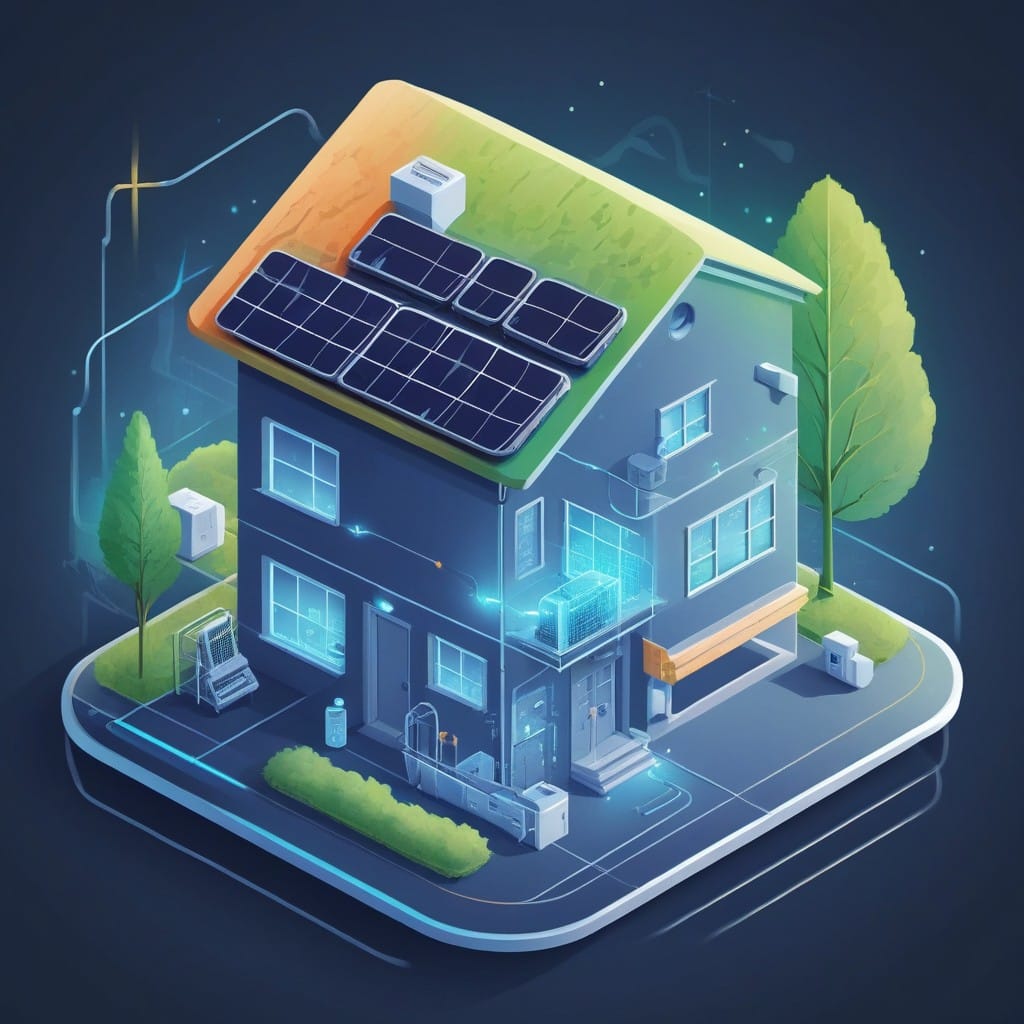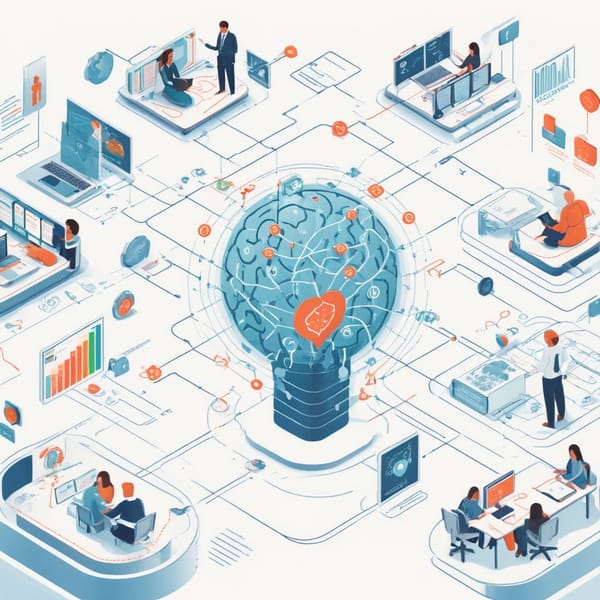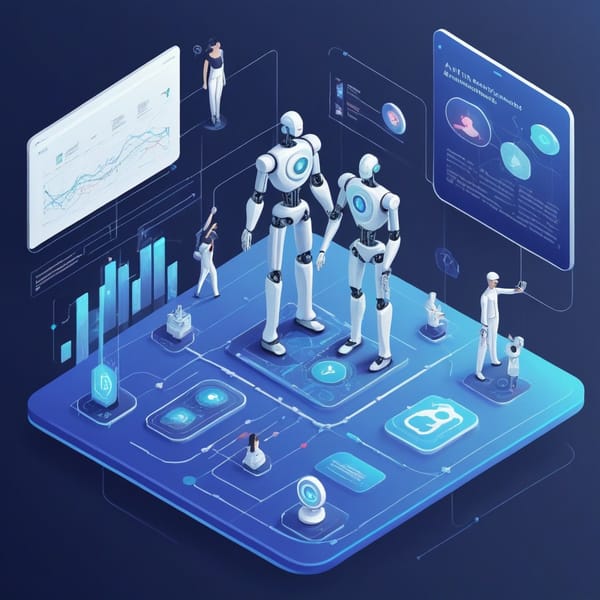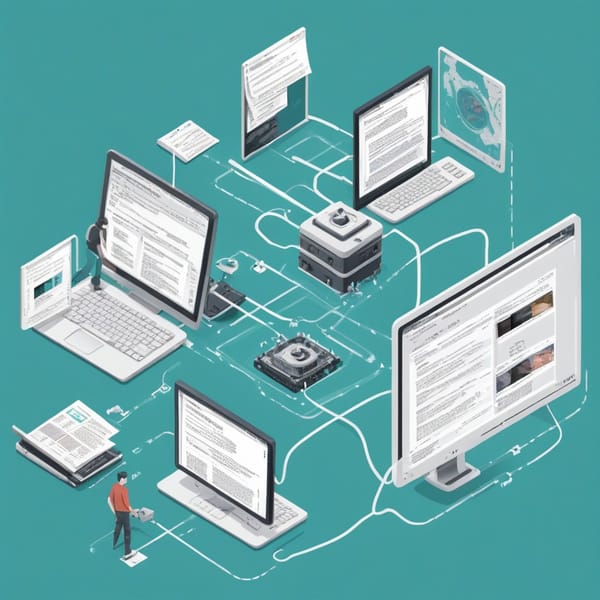Maximize Energy Efficiency with n8n: Real-Time Smart Meter Data Insights

In today’s energy-conscious world, monitoring and optimizing electricity usage is more important than ever. Smart meters provide a wealth of real-time data, but extracting actionable insights requires the right tools. Enter n8n, a powerful workflow automation platform that can transform raw smart meter data into valuable, real-time energy insights.
In this blog post, we’ll explore how n8n can help you monitor energy consumption, automate alerts, and optimize efficiency—all without writing a single line of code.
Why Use n8n for Smart Meter Data Monitoring?
n8n is an open-source, low-code automation tool that connects seamlessly with APIs, databases, and IoT devices. When paired with smart meters, it enables:
- Real-time data collection – Fetch and process energy usage data as it’s generated.
- Automated reporting – Generate daily, weekly, or monthly consumption reports.
- Cost-saving alerts – Get notified when usage spikes or exceeds predefined thresholds.
- Integration with other systems – Push data to dashboards, spreadsheets, or smart home systems.
Unlike proprietary energy monitoring solutions, n8n offers flexibility, customization, and full control over your data.
How to Set Up n8n for Smart Meter Monitoring
Step 1: Connect to Your Smart Meter API
Most modern smart meters provide an API (e.g., via utility providers like Octopus Energy, E.ON, or national grid APIs). With n8n, you can:
- Use the HTTP Request node to fetch real-time consumption data.
- Authenticate using API keys or OAuth.
- Schedule automatic data pulls at set intervals.
Step 2: Process and Store the Data
Once retrieved, you can:
- Parse JSON/XML responses using n8n’s Function or JSON nodes.
- Store data in a database (PostgreSQL, MySQL, or even Google Sheets).
- Enrich data by combining it with weather APIs (to correlate usage with temperature).
Step 3: Automate Alerts and Actions
n8n can trigger actions based on energy usage patterns:
- Send email/SMS alerts (via Twilio, SendGrid, or Telegram) when consumption exceeds limits.
- Adjust smart thermostats (like Nest or Tado) to reduce heating/cooling during peak hours.
- Log anomalies for further analysis.
Step 4: Visualize Insights
For better decision-making, push data to:
- Grafana or Tableau for dynamic dashboards.
- Google Data Studio for shareable reports.
- Home Assistant for smart home integration.
Real-World Use Cases
1. Peak Demand Cost Reduction
By monitoring real-time pricing (e.g., time-of-use tariffs), n8n can shift high-energy tasks (like EV charging) to off-peak hours, cutting costs.
2. Solar Energy Optimization
If you have solar panels, n8n can track production vs. consumption, automating battery storage or grid export decisions.
3. Commercial Energy Audits
Businesses can use n8n to aggregate data from multiple meters, identifying inefficiencies across facilities.
Why n8n Beats Traditional Energy Monitors
- No vendor lock-in – Own your data and workflows.
- Endless customization – Tailor automations to your exact needs.
- Cost-effective – Avoid expensive proprietary software.
Getting Started
- Install n8n (self-hosted or cloud-based).
- Identify your smart meter’s API (check your energy provider’s developer portal).
- Build your first workflow – Start with a simple HTTP request and expand from there.
Final Thoughts
With n8n, smart meter data becomes more than just numbers—it’s a gateway to energy efficiency, cost savings, and sustainability. By automating data collection, analysis, and actions, you can take full control of your energy usage in real time.
Ready to optimize your energy consumption? Try n8n today and turn raw data into smart decisions!
Would you like a step-by-step tutorial or sample n8n workflow JSON for this setup? Let us know in the comments!



